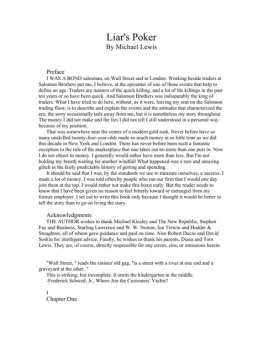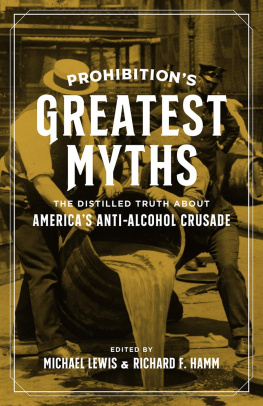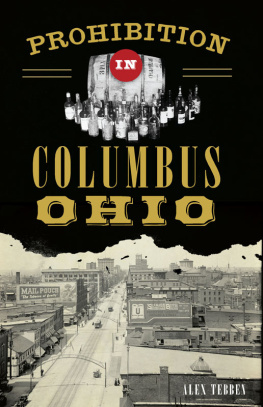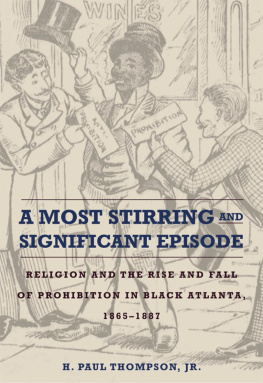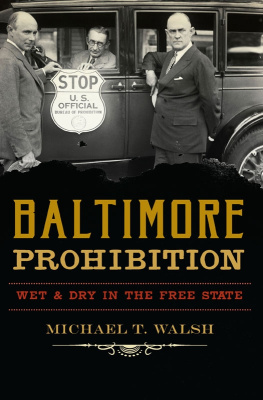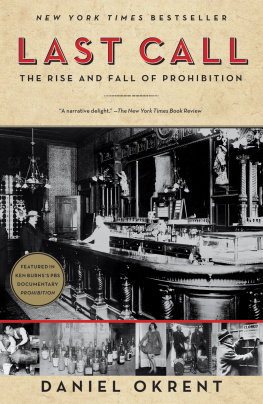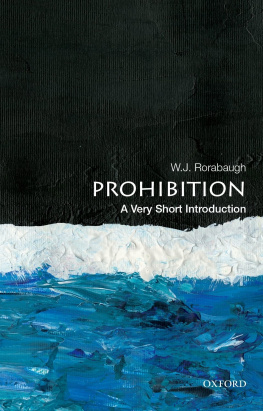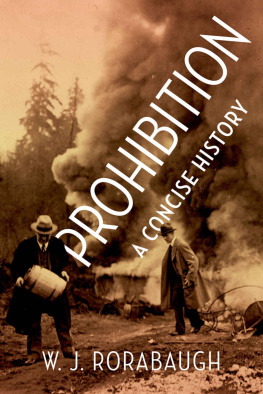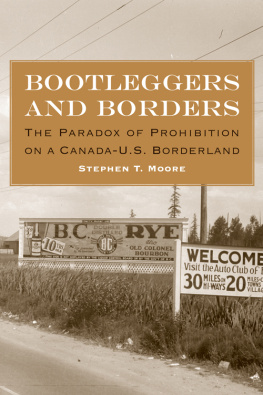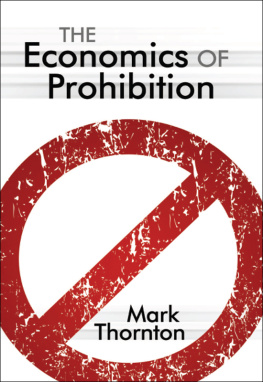Michael Lewis - The Coming of Southern Prohibition: The Dispensary System and the Battle over Liquor in South Carolina, 1907-1915
Here you can read online Michael Lewis - The Coming of Southern Prohibition: The Dispensary System and the Battle over Liquor in South Carolina, 1907-1915 full text of the book (entire story) in english for free. Download pdf and epub, get meaning, cover and reviews about this ebook. year: 2016, publisher: LSU Press, genre: Politics. Description of the work, (preface) as well as reviews are available. Best literature library LitArk.com created for fans of good reading and offers a wide selection of genres:
Romance novel
Science fiction
Adventure
Detective
Science
History
Home and family
Prose
Art
Politics
Computer
Non-fiction
Religion
Business
Children
Humor
Choose a favorite category and find really read worthwhile books. Enjoy immersion in the world of imagination, feel the emotions of the characters or learn something new for yourself, make an fascinating discovery.

- Book:The Coming of Southern Prohibition: The Dispensary System and the Battle over Liquor in South Carolina, 1907-1915
- Author:
- Publisher:LSU Press
- Genre:
- Year:2016
- Rating:5 / 5
- Favourites:Add to favourites
- Your mark:
The Coming of Southern Prohibition: The Dispensary System and the Battle over Liquor in South Carolina, 1907-1915: summary, description and annotation
We offer to read an annotation, description, summary or preface (depends on what the author of the book "The Coming of Southern Prohibition: The Dispensary System and the Battle over Liquor in South Carolina, 1907-1915" wrote himself). If you haven't found the necessary information about the book — write in the comments, we will try to find it.
In The Coming of Southern Prohibition, Michael Lewis examines the rise and fall of South Carolinas state-run liquor dispensary system from its emergence in the 1890s until statewide prohibition in 1915. The dispensary system, requiring government-owned outlets to bottle and sell all alcohol, began as a way to both avoid prohibition and enrich governmental coffers. In this revealing study, Lewis offers a more complete rendering of South Carolinas path to universal prohibition and thus sharpens our understanding of historical southern attitudes towards race, religion, and alcohol.
By focusing on the Aiken County border town of North Augusta, South Carolina, Lewis details how their lucrative dispensary operation -- which promised to both reduce alcohol consumption and generate funding for the countys cash-strapped government -- delayed statewide prohibition by nearly a decade. Aided by Georgias adoption of dry laws in 1907, Aiken County profited from alcohol sales to Georgians crossing the state line to drink. Lewis shows, in fact, that the Aiken County dispensary at the foot of the bridge connecting South Carolina to Georgia sold more liquor than any other store in the state. Notwithstanding the moral debates surrounding temperance, the money resulting from dispensary sales helped pave roads, build parks and schools, and keep county and municipal taxes the lowest in South Carolina.
The power of this revenue is notable, as Lewis reveals, given the rejection of prohibition laws voiced by the rural, native-born, Protestant population in Aiken County, which diverged from the sentiment of their peers in other parts of the region. Lewiss socio-cultural analysis, which includes the impact of adjacent mill villages and African American communities, employs statistical findings to reveal an interplay of political and economic factors that ultimately overwhelmed any profit margin and ushered in statewide prohibition in 1915.
Original and enlightening, The Coming of Southern Prohibition explores a single community as it wrestled with the ethical and financial stakes of alcohol consumption and sale amid a national discourse that would dominate American life in the early twentieth century.
Michael Lewis: author's other books
Who wrote The Coming of Southern Prohibition: The Dispensary System and the Battle over Liquor in South Carolina, 1907-1915? Find out the surname, the name of the author of the book and a list of all author's works by series.


